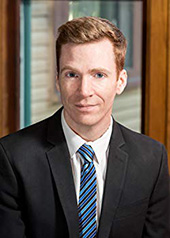 Over the past several months, writer Michael Nye [pictured] has been working to resurrect Story, which had originally been founded and edited by Travis Kurowski, and ceased publication in 2016. After working out the details with Travis, Michael laid all the groundwork to continue the publication in strong steed.
Over the past several months, writer Michael Nye [pictured] has been working to resurrect Story, which had originally been founded and edited by Travis Kurowski, and ceased publication in 2016. After working out the details with Travis, Michael laid all the groundwork to continue the publication in strong steed.
Nye’s experience with other publications has helped him understand the intricacies and necessities of running a quality journal. Previous managing editor of The Missouri Review and associate editor with Boulevard, Nye has had plenty of experience “steering ships”; this will be his first venture “building them.” He says, “I’ve always wanted to run a literary magazine and over the last fifteen years, I think I’ve learned enough to pull it off.” Travis has worked closely with Michael on the transition and remains involved as the editor-at-large.
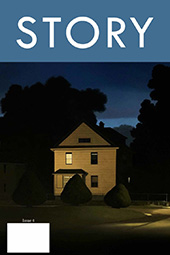 In addition, Nye has drawn in a solid staff: Associate Editor LaTanya McQueen; Staff Andrew Bockhold, Brandon Grammer, Robert Ryan, and Brianna Westervelt; as well as a Board of Directors with Ruth Awad, Valerie Cumming, Keith Leonard, and Maggie Smith; and an Advisory Board with David Althoff, Jürgen Fauth, Stephanie G’Schwind, Roxane Gay, Jonathan Gottschall, Andrea Martucci, Speer Morgan, David Shields, Randi Shedlosky-Shoemaker, Jim Shepard, and Marion Winik.
In addition, Nye has drawn in a solid staff: Associate Editor LaTanya McQueen; Staff Andrew Bockhold, Brandon Grammer, Robert Ryan, and Brianna Westervelt; as well as a Board of Directors with Ruth Awad, Valerie Cumming, Keith Leonard, and Maggie Smith; and an Advisory Board with David Althoff, Jürgen Fauth, Stephanie G’Schwind, Roxane Gay, Jonathan Gottschall, Andrea Martucci, Speer Morgan, David Shields, Randi Shedlosky-Shoemaker, Jim Shepard, and Marion Winik.
Nye has put his full faith and effort into this venture: “There is a tremendous amount to look forward to in the coming year. I am beyond thrilled to bring Story back. I do hope you’ll join us: we plan on being here for a long time to come.”
Readers can look forward to Story #4 released this February featuring new stories by Anne Valente, Claudia Hinz, A.A. Balaskovits, Phong Nguyen, Brett Beach, Jordan Jacks, Dionne Irving, Katherine Zlabek, and Marilyn Abildskov and debut fiction by Yohanca Delgado.


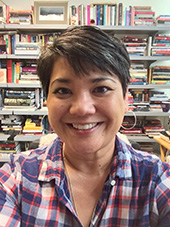 Cathy J. Schlund-Vials [pictured] and Lawrence-Minh Bùi Davis, editors for this issue write in the
Cathy J. Schlund-Vials [pictured] and Lawrence-Minh Bùi Davis, editors for this issue write in the 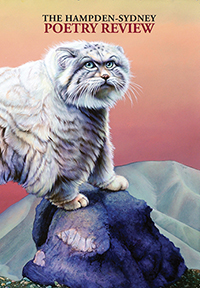 Each issue of
Each issue of  The Fall/Winter 2018 issue of
The Fall/Winter 2018 issue of 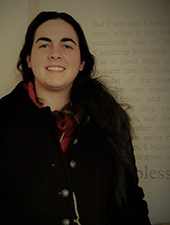 An online journal “dedicated to short fiction,”
An online journal “dedicated to short fiction,” 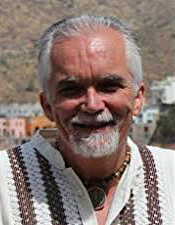 Based on Editor Victor David Sandiego’s intro commentary, it sounds like the Winter 2018 issue of
Based on Editor Victor David Sandiego’s intro commentary, it sounds like the Winter 2018 issue of 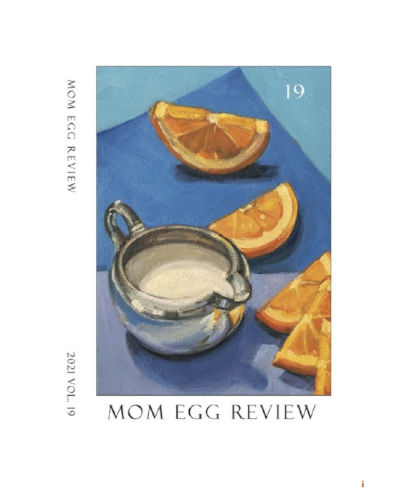 In addition to the print annual,
In addition to the print annual, 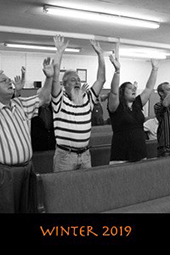
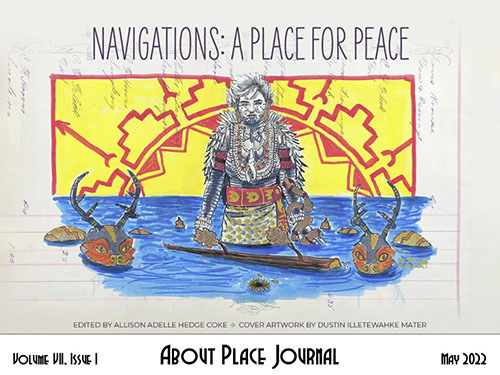 About Place Journal
About Place Journal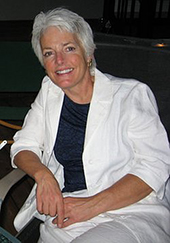 “Alabama for Beginners,” Jean Ryan’s featured essay in a recent issue of
“Alabama for Beginners,” Jean Ryan’s featured essay in a recent issue of 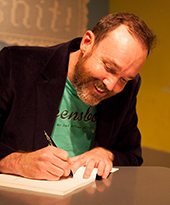 The Greensboro Review
The Greensboro Review After twenty-six years as editor-in-chief of
After twenty-six years as editor-in-chief of 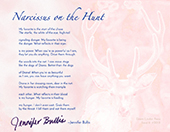 With each new issue of its online poetry journal,
With each new issue of its online poetry journal, 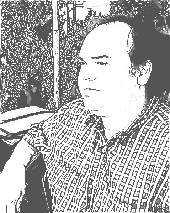 . . . I wonder if
. . . I wonder if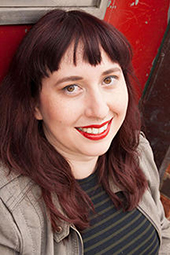 In her editorial to
In her editorial to 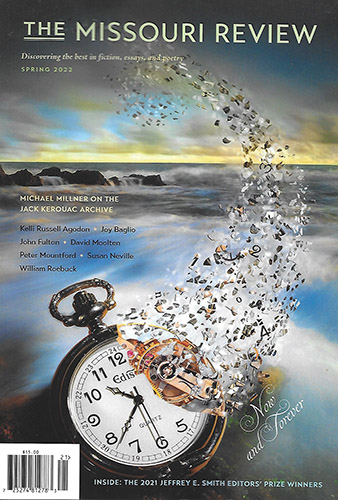 From Speer Morgan’s “
From Speer Morgan’s “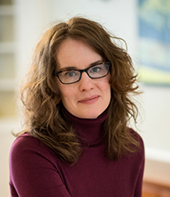 Heading down its home stretch,
Heading down its home stretch, 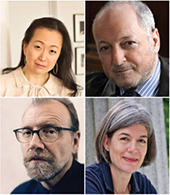 Until November 29,
Until November 29,  “Cadets are keen observers of social cues from their professors, retracting behind the protective formalities of rank at the first whiff of ‘agenda,’ regardless of its political stripe. It’s easy enough, and they have little social capital invested in the humanities. Nor do they know many people who do. . . . Unlike most of us, though, Cadets will flat-out ask in public how reading poems matters to future practitioners of their trade.
“Cadets are keen observers of social cues from their professors, retracting behind the protective formalities of rank at the first whiff of ‘agenda,’ regardless of its political stripe. It’s easy enough, and they have little social capital invested in the humanities. Nor do they know many people who do. . . . Unlike most of us, though, Cadets will flat-out ask in public how reading poems matters to future practitioners of their trade.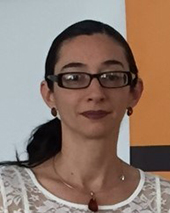 “A Writer-Photographer’s Poignant Essay about Smelter Town” by William Crawford
“A Writer-Photographer’s Poignant Essay about Smelter Town” by William Crawford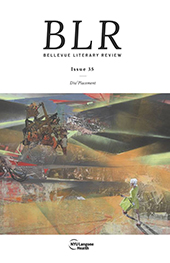 Bellevue Literary Review
Bellevue Literary Review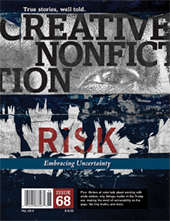 In his introduction the the Fall 2018 issue of
In his introduction the the Fall 2018 issue of 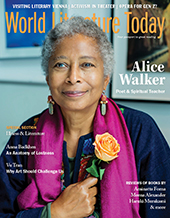 “And the question is why are people so numb? I think they are awakening, and I’m very happy about that. But awakening has been so slow. And that’s the dark age. People are having a hard time gaining knowledge and wisdom. The educational systems are completely unreliable and full of land mines for most people. So, yes, it is a dark age, and you can only hope people will come out of it, but they have to turn off gadgets and start to talk to people. And the time is very short.”
“And the question is why are people so numb? I think they are awakening, and I’m very happy about that. But awakening has been so slow. And that’s the dark age. People are having a hard time gaining knowledge and wisdom. The educational systems are completely unreliable and full of land mines for most people. So, yes, it is a dark age, and you can only hope people will come out of it, but they have to turn off gadgets and start to talk to people. And the time is very short.” With its most recent edition,
With its most recent edition,  Driftwood Press
Driftwood Press
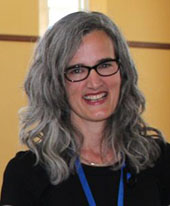 “Literature is not efficient,” writes
“Literature is not efficient,” writes 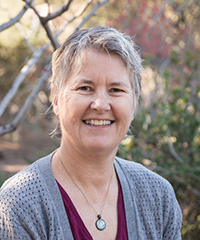 As always,
As always, 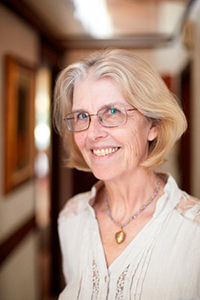 Congratulations to
Congratulations to 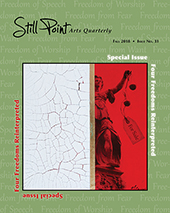
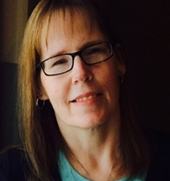 When I asked Edify Fiction Editor Angela Meek [pictured] about the teen-themed CFS, she replied, “I was inspired recently to make a themed issue about teen concerns because of a story we recently accepted that incorporated the author’s own experiences as a teen and how those challenges shaped him. As a mom with a teen who is starting to stretch those wings and find her way in the world, I thought it would be a good time to have a dedicated issue.”
When I asked Edify Fiction Editor Angela Meek [pictured] about the teen-themed CFS, she replied, “I was inspired recently to make a themed issue about teen concerns because of a story we recently accepted that incorporated the author’s own experiences as a teen and how those challenges shaped him. As a mom with a teen who is starting to stretch those wings and find her way in the world, I thought it would be a good time to have a dedicated issue.”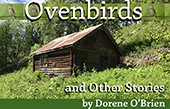 Wordrunner eChapbooks
Wordrunner eChapbooks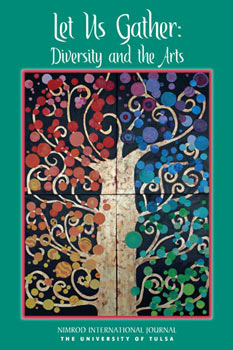 Last week, Nimrod International Journal
Last week, Nimrod International Journal 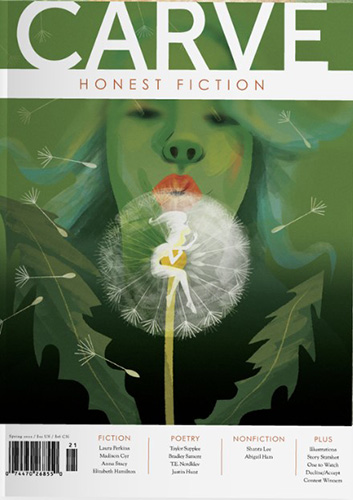 “Rejection doesn’t have to be the end of the line” according to
“Rejection doesn’t have to be the end of the line” according to  IKEA CHOICES
IKEA CHOICES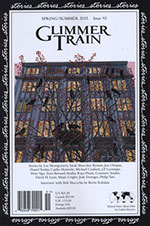 After nearly 30 years of continuous publication,
After nearly 30 years of continuous publication,  In addition to celebrating its tenth anniversay of publication, the newest issue of Canada’s
In addition to celebrating its tenth anniversay of publication, the newest issue of Canada’s 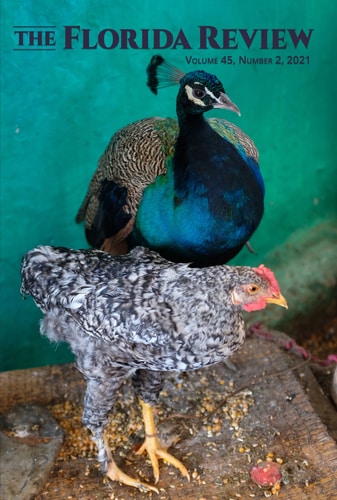 The Aquifer
The Aquifer The Florida Review
The Florida Review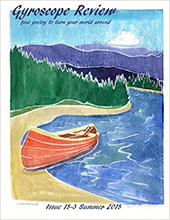 Gyroscope Review: Fine Poetry to Turn Your World Around
Gyroscope Review: Fine Poetry to Turn Your World Around Glen Armstrong / Cruel Garters
Glen Armstrong / Cruel Garters In keeping with
In keeping with 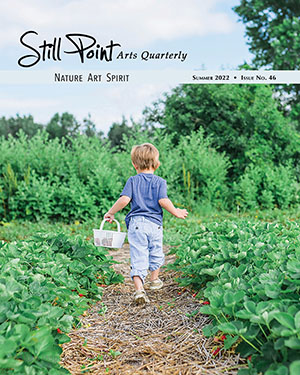 Celebrating ten years and thirty issues of
Celebrating ten years and thirty issues of